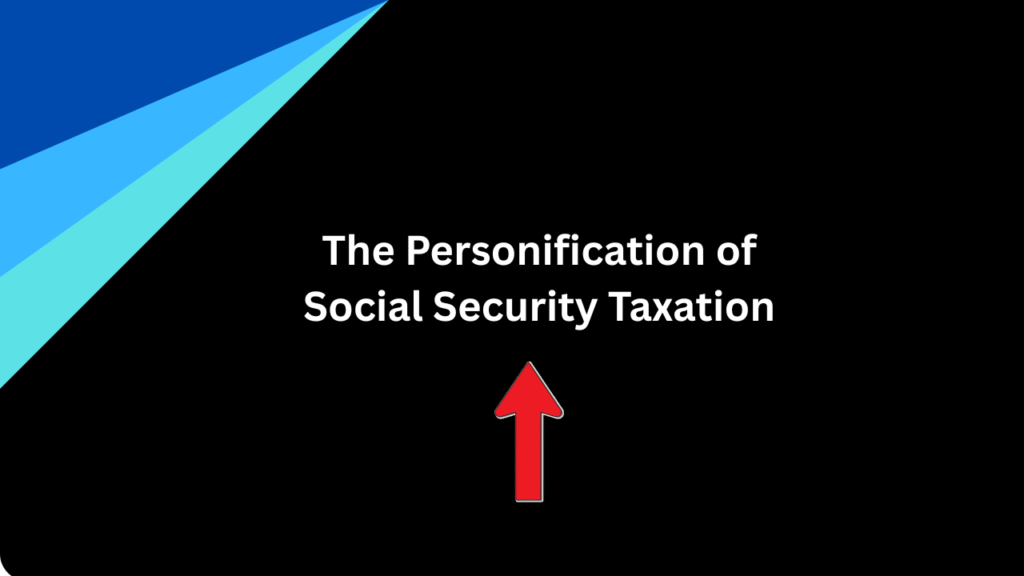Planning on your income and, more importantly, Social Security benefits to be taxed during retirement requires more than just saving money. The federal government taxes Social Security benefits based on a person’s combined income, but there are also states that would impose taxes on these benefits. As of 2025, there are only nine states taxing Social Security benefits. Like all forms of taxation, states have varying rules and thresholds and exemptions at which pension income is impacted. The article will enlighten you on what you need to know, provide practical tips, and help you prepare more intelligently for retirement.
The States Targeting your Social Security Benefits Next Year
It’s really key that one takes note of those hidden taxes against Social Security, as they clearly make or break your retirement income. Sure, only nine states are left taxing such benefits, but the relative impact can be immense-say, if you won’t stay clear of any of them or plan to relocate there. Good news, though: with a little planning along with some foresight, the amount of taxes may be minimized or eliminated. Indeed, this is why one would remain highly knowledgeable and work with financial experts, seeing to it that such income is better protected when the time comes for it to lead a more comfortable life.
| State | Taxation Details | Exemptions / Credits |
|---|---|---|
| Colorado | Taxes Social Security benefits. | Full deduction for age 65+; partial for 55–64. |
| Connecticut | Taxes Social Security benefits. | Full exemption for AGI ≤ $75,000 (single) / $100,000 (joint). |
| Minnesota | Taxes benefits taxed federally. | Full exemption if AGI ≤ $105,380 (joint) / $82,190 (single); partial otherwise. |
| Montana | Follows federal taxation rules. | Full exemption for AGI ≤ $25,000 (single) / $32,000 (joint). |
| New Mexico | Taxes benefits but offers generous exemptions. | Exempts full benefits for incomes ≤ $100,000 (single) / $150,000 (joint). |
| Rhode Island | Taxes benefits with age and income limits. | Exempts full benefits if at full retirement age and AGI ≤ $86,350 (single) / $107,950 (joint). |
| Utah | Taxes benefits, but offers offsetting credits. | Credit for income ≤ $30,000 (single) / $50,000 (joint); phases out gradually. |
| Vermont | Taxes federally taxable benefits. | Full exemption for AGI ≤ $50,000 (single) / $65,000 (joint); partial up to $60,000 / $75,000. |
| West Virginia | Phasing out taxation of benefits entirely. | 65% exemption in 2025; full exemption by 2026. |
The Personification of Social Security Taxation

When one is thinking about state-specific rules, it becomes appropriate to ponder the federal tax implication of benefits from Social Security, such as:
- There is no taxation when the individual’s combined income is below $25,000 (single) or $32,000 (married filing jointly).
- From those points onward, there’s 50% taxability on the benefits, depending on the extent to which income slightly exceeds said points.
- Increases to 85% if you exceed $34,000 (single) or $44,000 (joint).
- Combined income = AGI + nontaxable interest + ½ of Social Security benefits.
Social Security Benefits Next Year: The States Targeting Them
Colorado
Colorado taxes Social Security, but residents aged 65 and older can deduct 100 percent of federally taxed benefits from their taxable incomes. For those aged 55 to 64, some deductions are permitted based on income.
Connecticut
Social Security is 100% exempt in Connecticut if your AGI amounts to less than $75,000 (single) or $100,000 (married). Otherwise, a 25% phase-out begins.
Minnesota
This state follows federal guidelines, but gives its own subtractions. For married couples, if you are under $105,380 or $82,190 single, then your benefits are fully exempt.
Montana
Montana follows federal tax rules. However, if your income is below $25,000 (single) or $32,000 (joint), you’d be able to dodge entirely the state tax.
New Mexico
The new benefit exclusion in New Mexico applies to incomes of $100,000 (single) and $150,000 (joint). This reform comes as part of recent legislative measures to alleviate financial burdens on retirees.

Rhode Island
Here, age matters. You must attain full retirement age to qualify for the exemption, and your income must not exceed a certain amount ($86,350 if single; $107,950 if married).
Utah
The State of Utah provides tax credits that mitigate tax liabilities on benefits. If you earn under $30,000 (single) or $50,000 (married filing jointly), you owe very little or nothing.
Vermont
In Vermont, benefits are exempt for those with incomes up to $50,000 (single) or $65,000 (married filing jointly), with partial exemptions phasing out slightly above those limits.
West Virginia
The Social Security tax in West Virginia is fully exempted: 65% may be exempted in 2025 with full exemption by 2026. Such exemption comes as a relief for retirees.
Useful Tips to Reduce the Tax on Social Security
Here are intelligent steps to shield your income from the retirement tax burden:
- Know the laws of your state: Even if it is taxed at the federal level, it might be tax-free at the state level, depending on where you reside.
- Plan Your Withdrawals: Limit withdrawals from retirement accounts to keep your adjusted gross income low.
- Think About Moving: States such as Florida, Texas, and Nevada do not tax Social Security income whatsoever.
- Consider Consultation with a Financial Planner: Tailored planning could work best for you in trying to alleviate tax burdens.
FAQs:
Which states do not tax Social Security benefits at all?
Yes—currently, 41 states do not tax Social Security income. These include popular retirement destinations like Florida, Texas, Arizona, and Nevada.
Will more states start taxing Social Security in the future?
Currently, no new state has announced plans to begin taxing Social Security. In fact, some (like West Virginia) are phasing it out entirely.
Do I have to pay taxes on my Social Security if I move states?
Yes, state taxes apply based on your residency. If you move from a state that taxes benefits to one that doesn’t, your tax situation may change.


